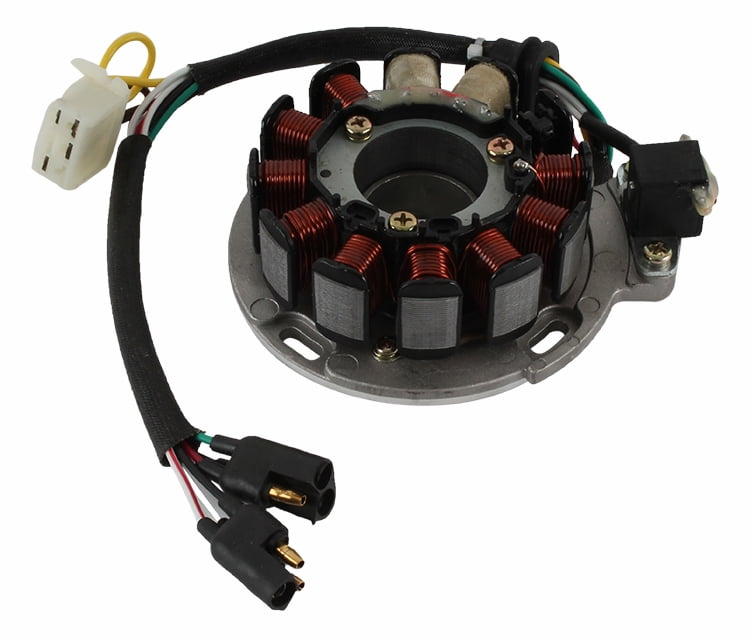

My thought is that the MAF tries to compensate for some of the early throttle position sensor failure, and, in turn, it’s quite common for the MAF to fail shortly after the throttle. As time goes on, the computer will be unable to determine the throttle plate’s position. More precisely, your car would perform noticeably different depending on temperature, humidity, altitude, etc.Įventually, after the throttle plate rubs over the throttle position sensor millions of times, the resistance film begins to deteriorate. If it did not, then you’d have less oxygen in the cylinders, which would either cause the engine to run “rich,” wasting fuel and possibly fouling spark plugs or catalytic converters, or the car’s computer would reduce the fuel charge into the cylinder, with a corresponding loss of power. For example, hotter, more humid air has fewer oxygen molecules available for combustion (hot air less dense, oxygen displaced by water vapor), so the throttle plate opens slightly more than “normal” in this situation.

Minor adjustments to this position are made by the MAF, which senses temperature and humidity. Depending upon the location of the throttle plate’s edge, the electrical resistance through the sensor strip tells the computer the exact throttle plate position. Within the throttle body is a “throttle position sensor” which, I understand, is nothing more than a strip of resistance film, over which the throttle place moves. The car’s computer determines the plate’s position based upon, among other factors, engine speed and load, engine temperature, and accelerator pedal position. The throttle body contains a metal “throttle plate” that pivots along its diameter, allowing more or less air through. The air intake path, at least on a naturally aspirated (NA) engine, is as follows:Īir Filter -> Mass Airflow Sensor (also called the Air Mass Meter, or MAF) -> Throttle Body -> Intake Manifold In my experience, throttle bodies last around 70,000 to 90,000 miles, though I did get 118,000 out of my original one. Volvo has extended the warranty on original throttle bodies, for up to 10 years or 200,000 miles, and that discussion has, I’m sure, been had many, many times and is beyond this post. The ETM issue is well-known among those lucky Volvo owners who have the 5-cylinder engine in models produced in 1999, 20.
How to tell if drive gears are worn on a polaris indy 440 how to#
So an involute profile gear tooth produces a constant ratio of rotational speed.1999s70 (George) over on Swedespeed posted the following which I hope you will find highly informative and helpful:Īs one who is on his 5th Electronic Throttle Module (ETM) and 4th Mass Air Flow Sensor (MAF), I’d like to write of my experience with these, in particular noting the symptoms of their impending failure (so that you don’t suddenly find yourself with a stalling car as an 18-wheeler barrels down on you from behind), and also telling you how to replace the MAF yourself and save lots of $$. The end result is that even though the contact point diameter changes continually, the speed remains the same. The contact point starts to slide onto the skinny part of the bottom tooth, subtracting a little bit of velocity from the top gear to compensate for the increased diameter of contact. As the teeth continue to rotate, the contact point moves even further away, going outside the pitch diameter - but the profile of the bottom tooth compensates for this movement. This pushes the top gear ahead, so it compensates for the slightly smaller contact diameter. As the gears turn, the contact point slides up onto the thicker part of the top gear tooth. But notice that the part of the top gear tooth that contacts the bottom gear tooth is very skinny at this point. As the teeth first start to engage, the top gear tooth contacts the bottom gear tooth inside the pitch diameter. Since the contact diameter is not constant, the pitch diameter is really the average contact distance. The pitch diameter is the effective contact diameter.

This means that the radius of the contact point gets larger as the teeth engage. If you were to follow the contact point, it would describe a straight line that starts near one gear and ends up near the other. On an involute profile gear tooth, the contact point starts closer to one gear, and as the gear spins, the contact point moves away from that gear and toward the other.


 0 kommentar(er)
0 kommentar(er)
